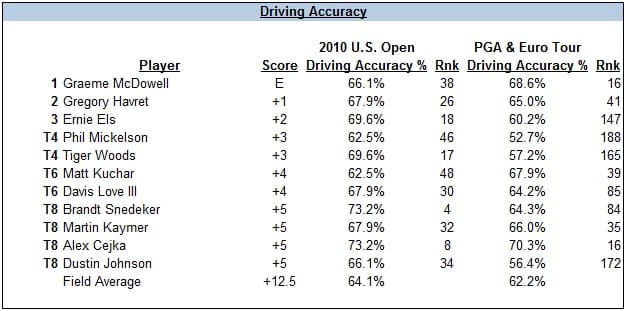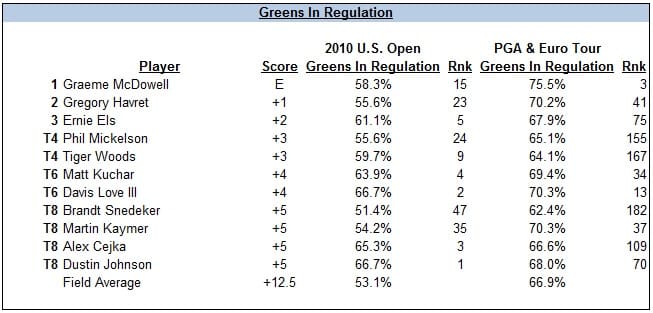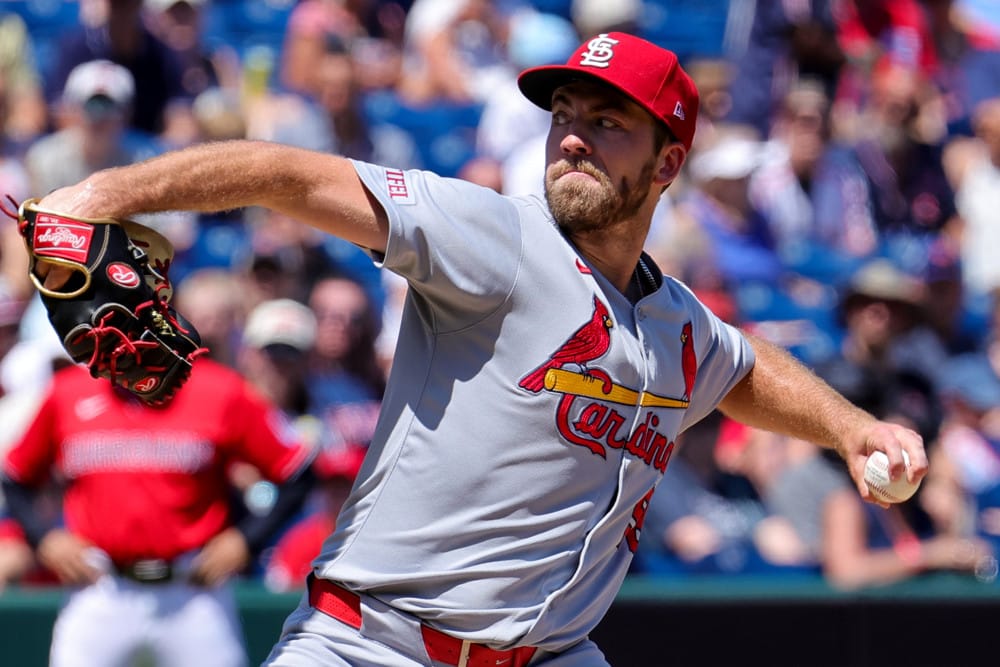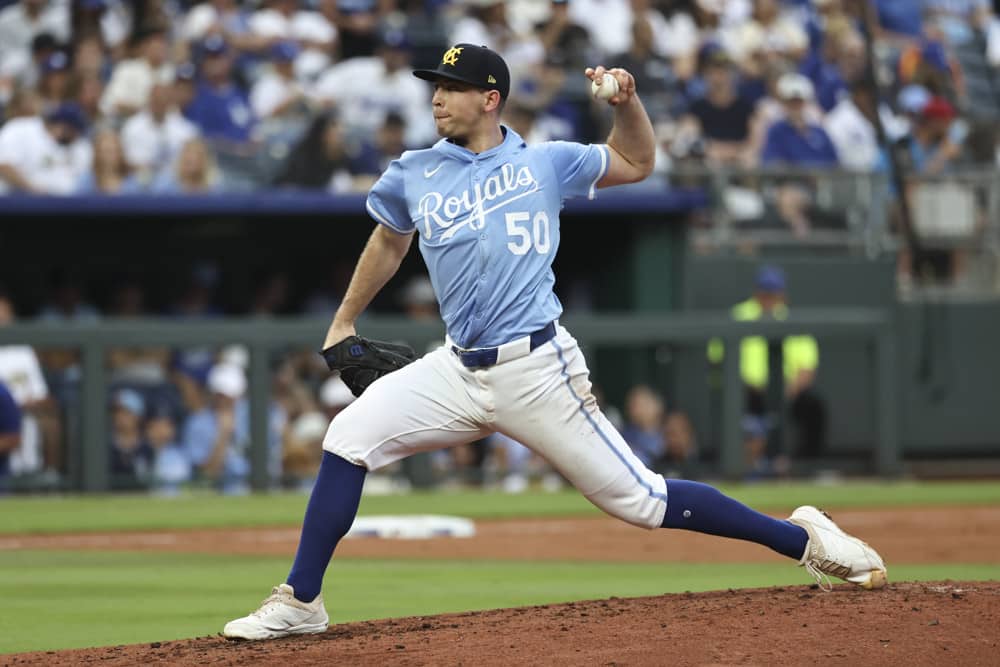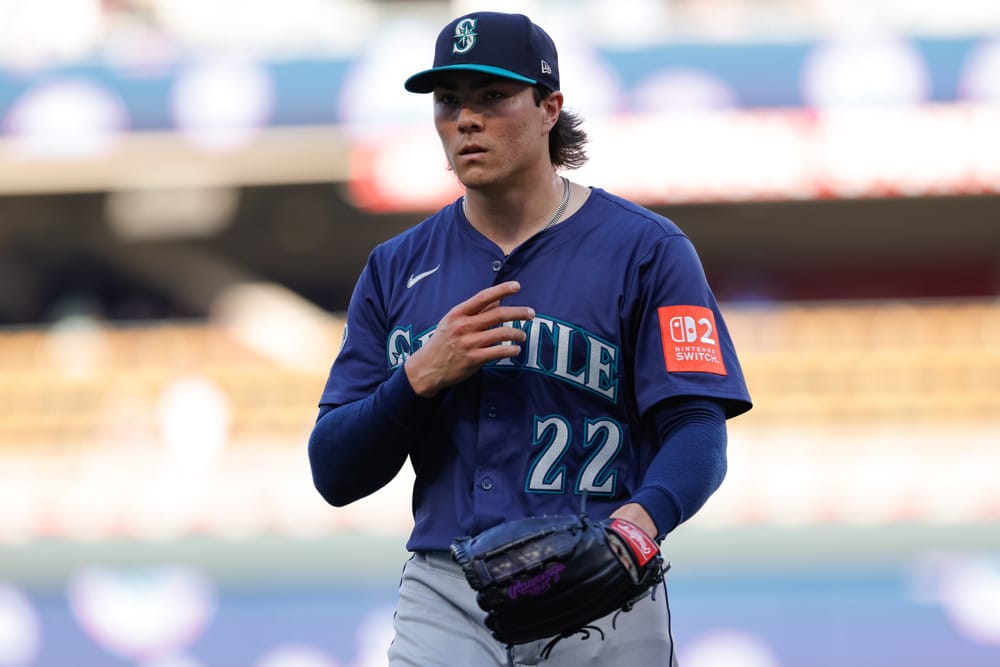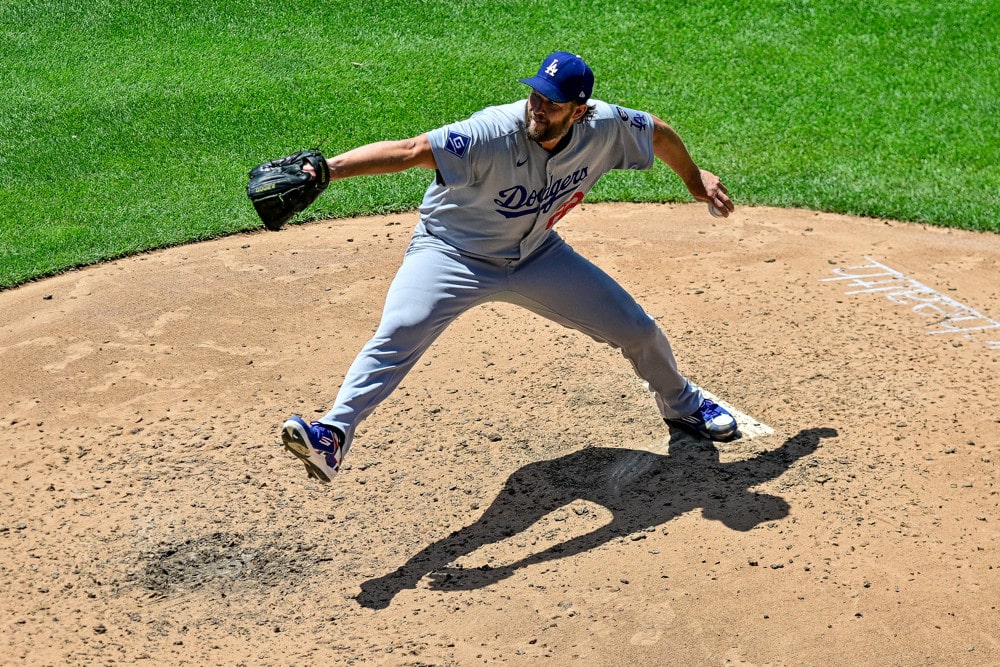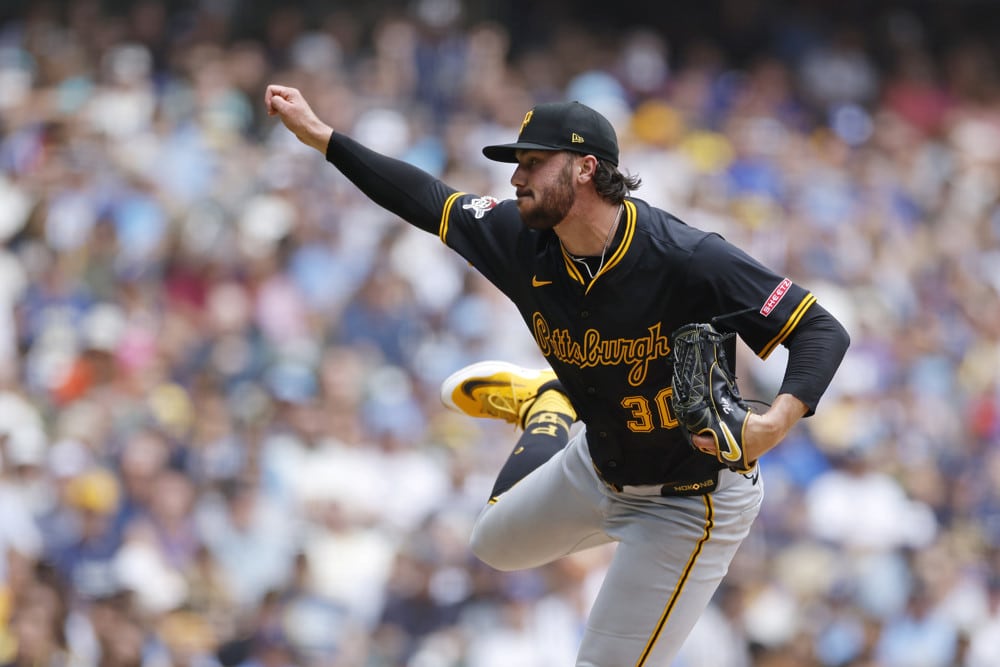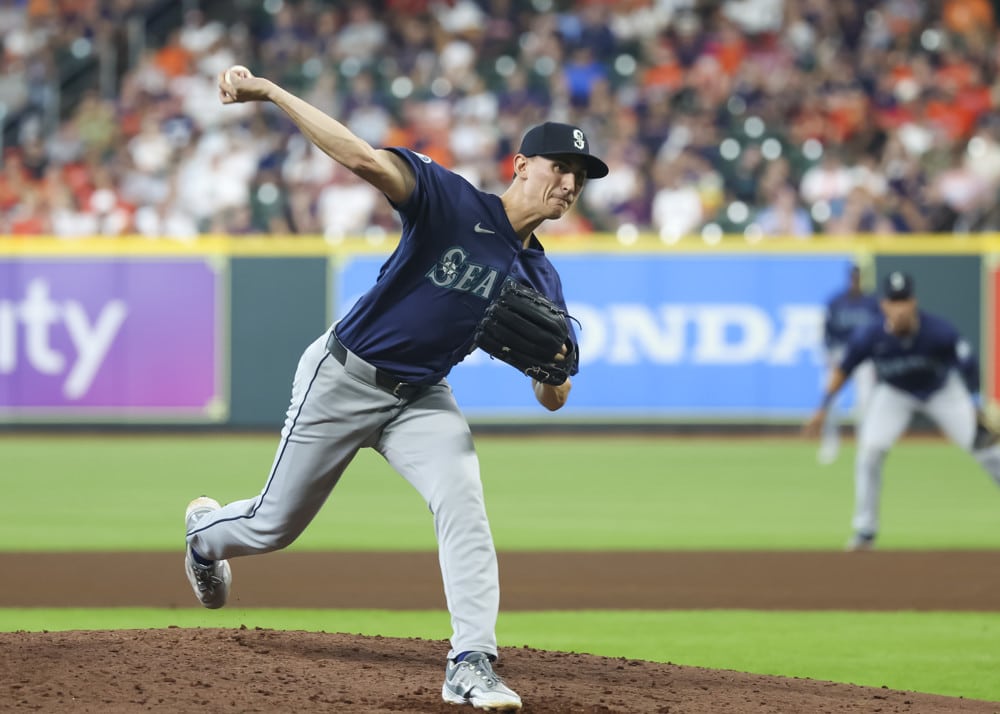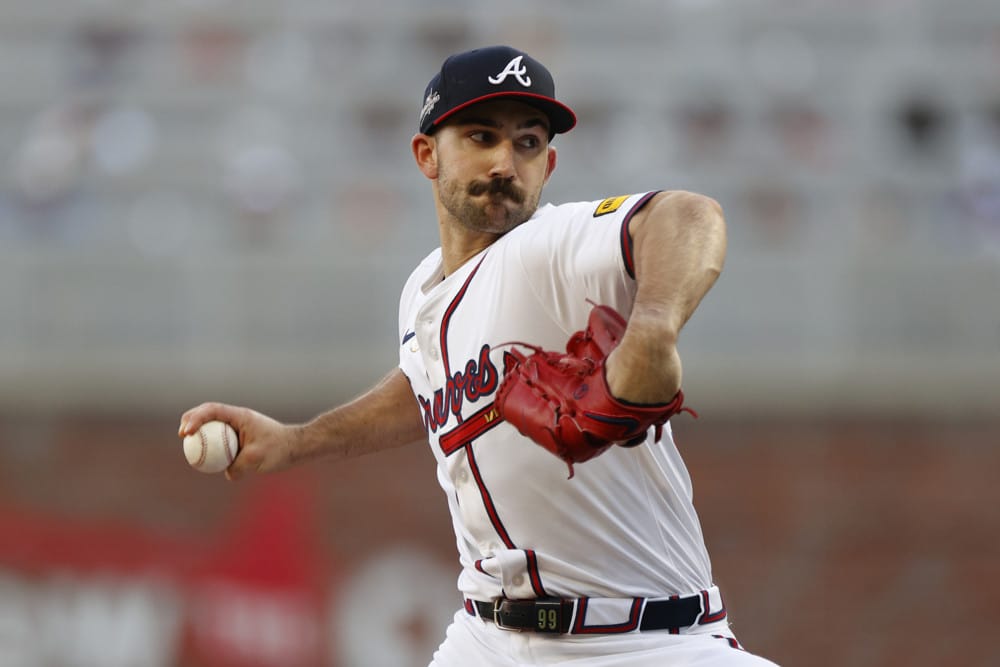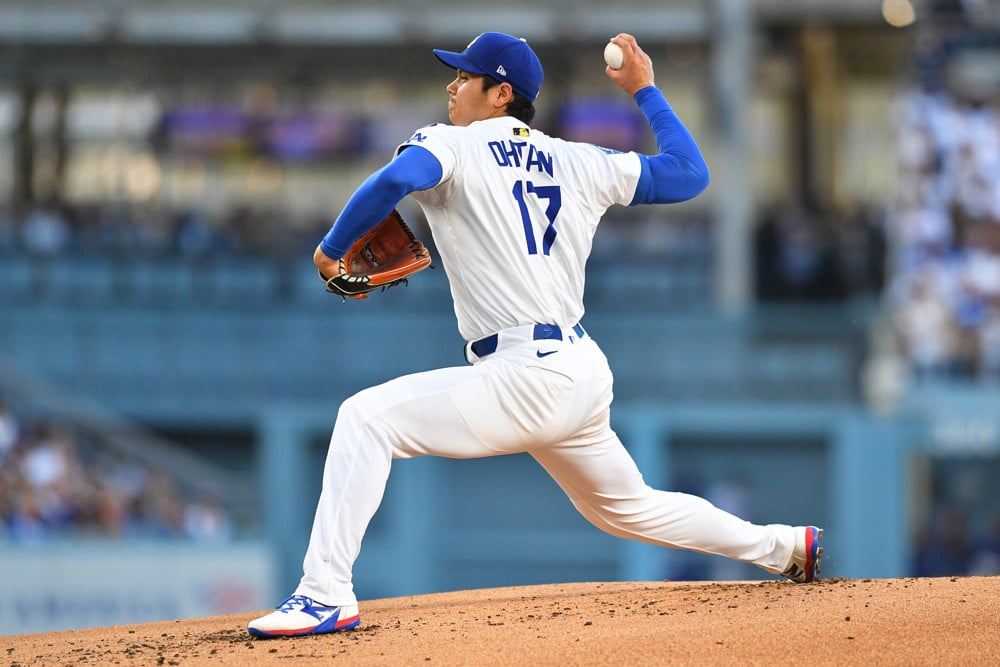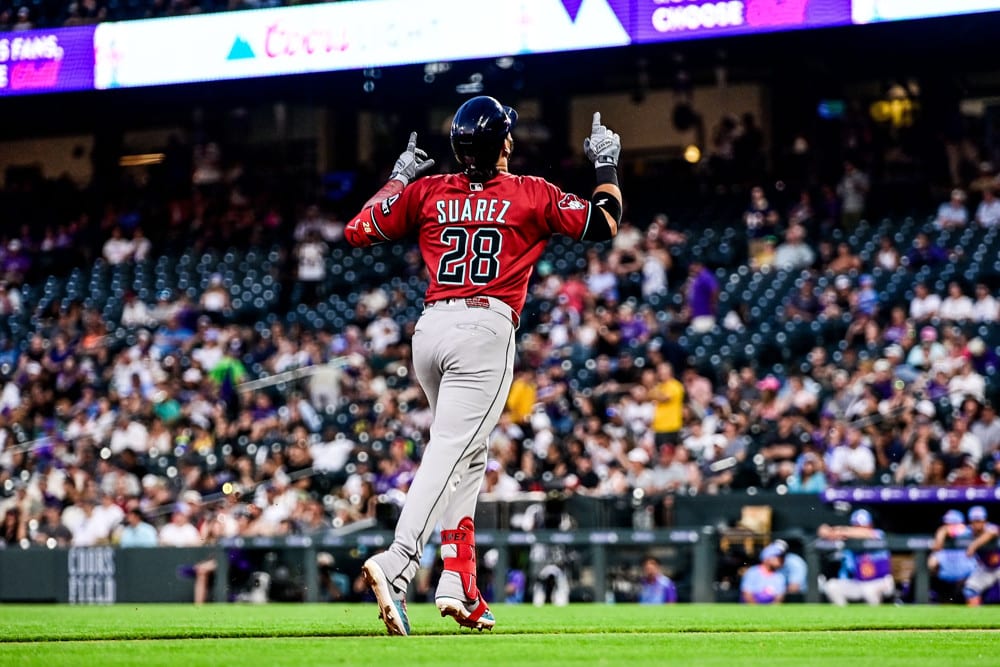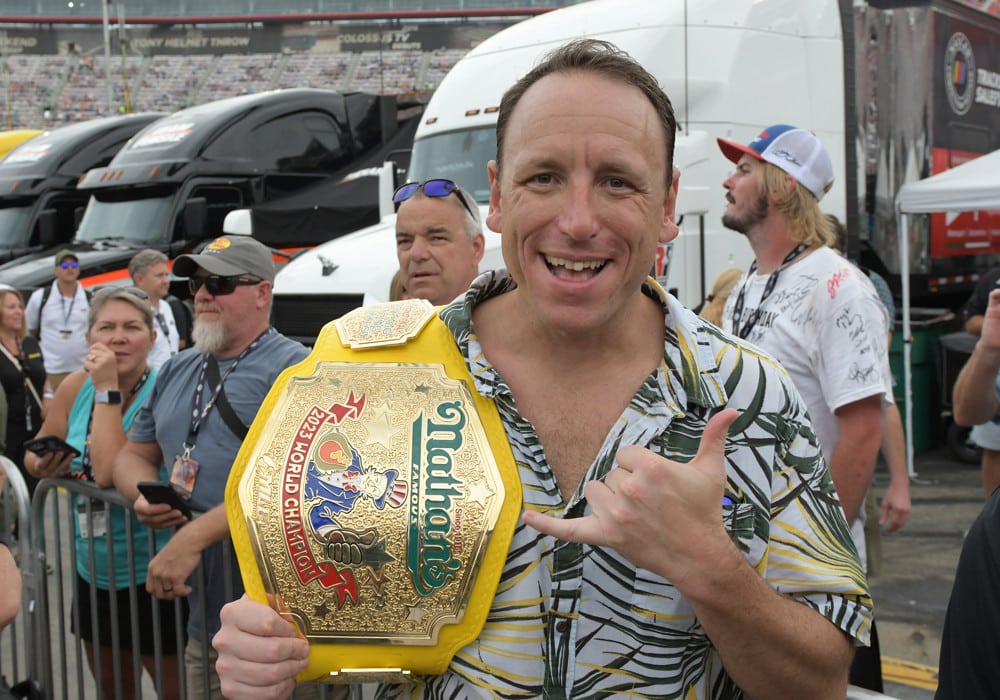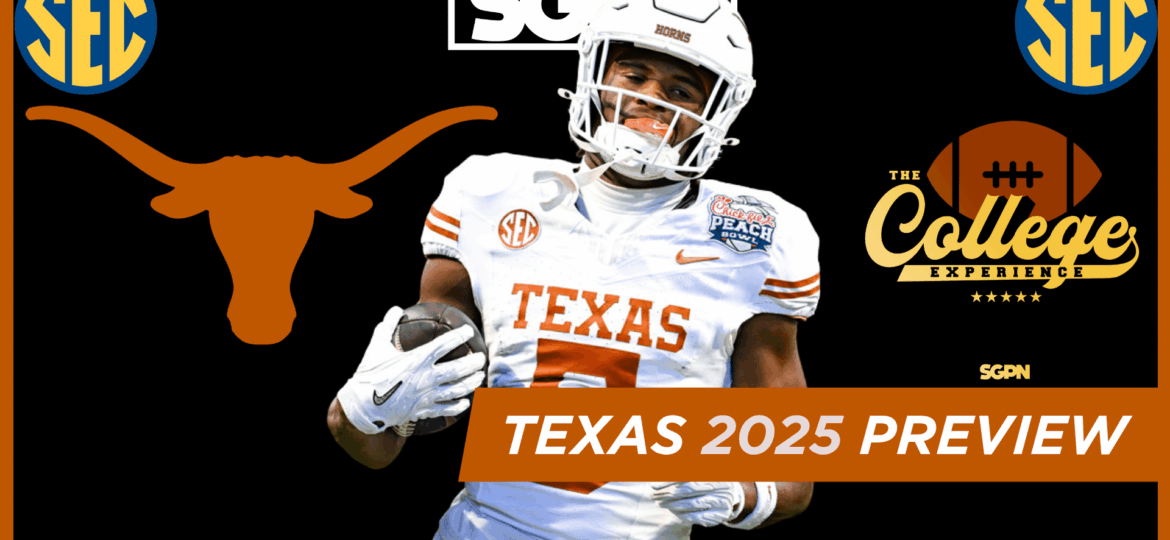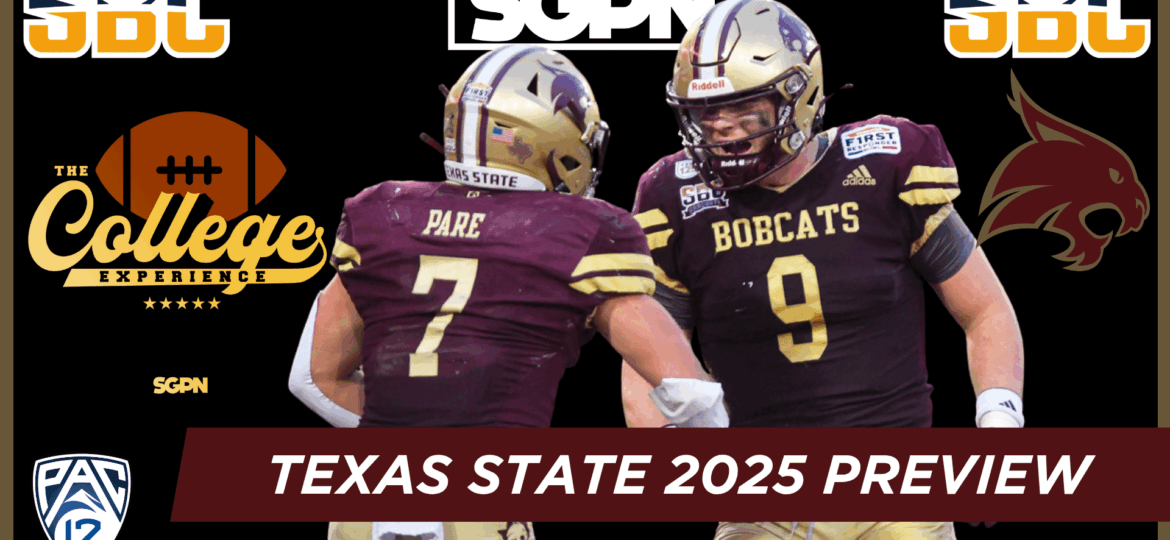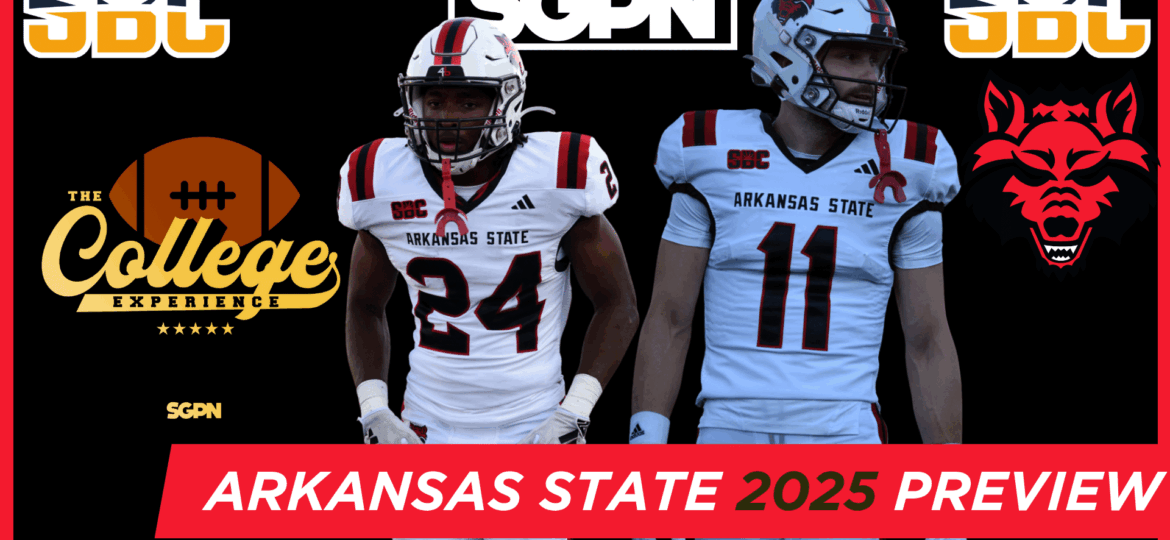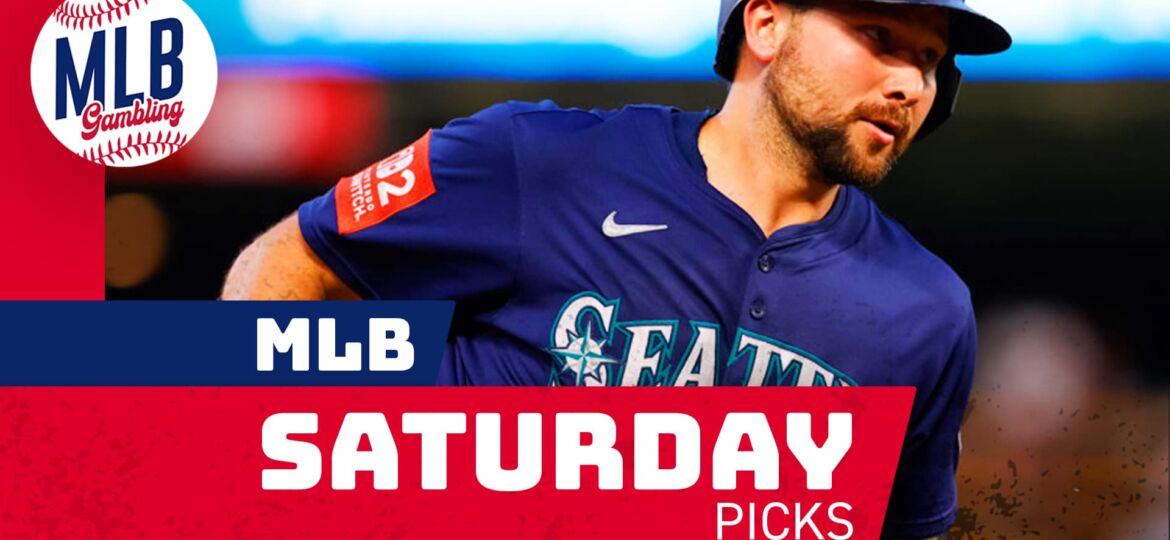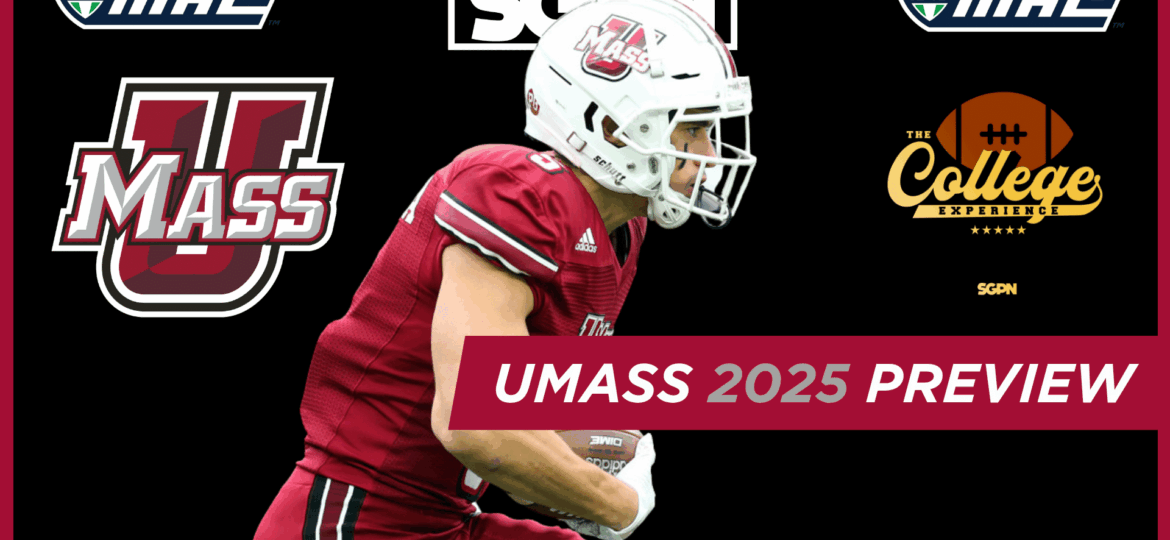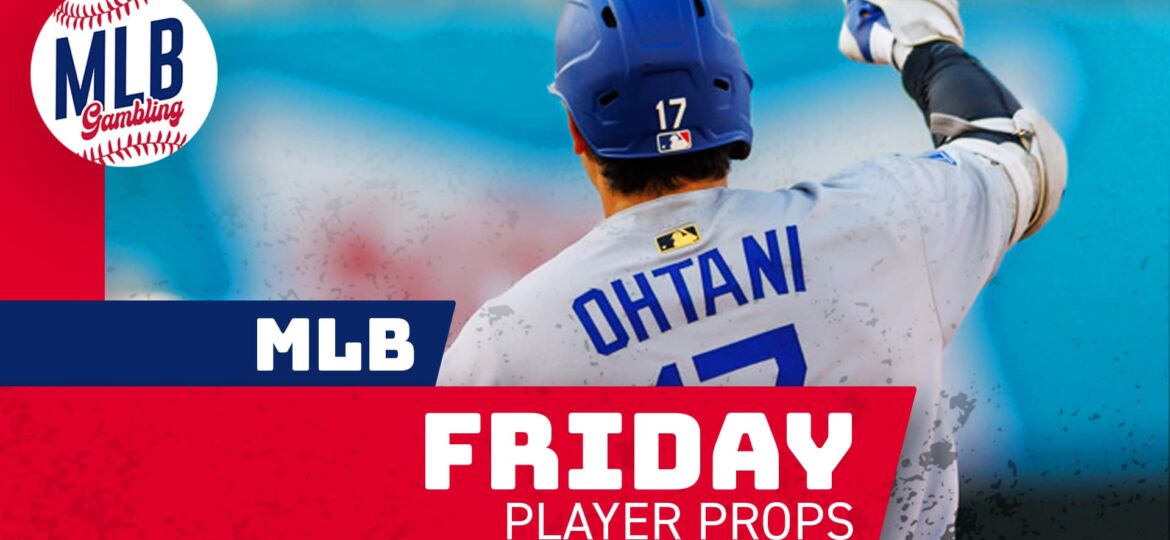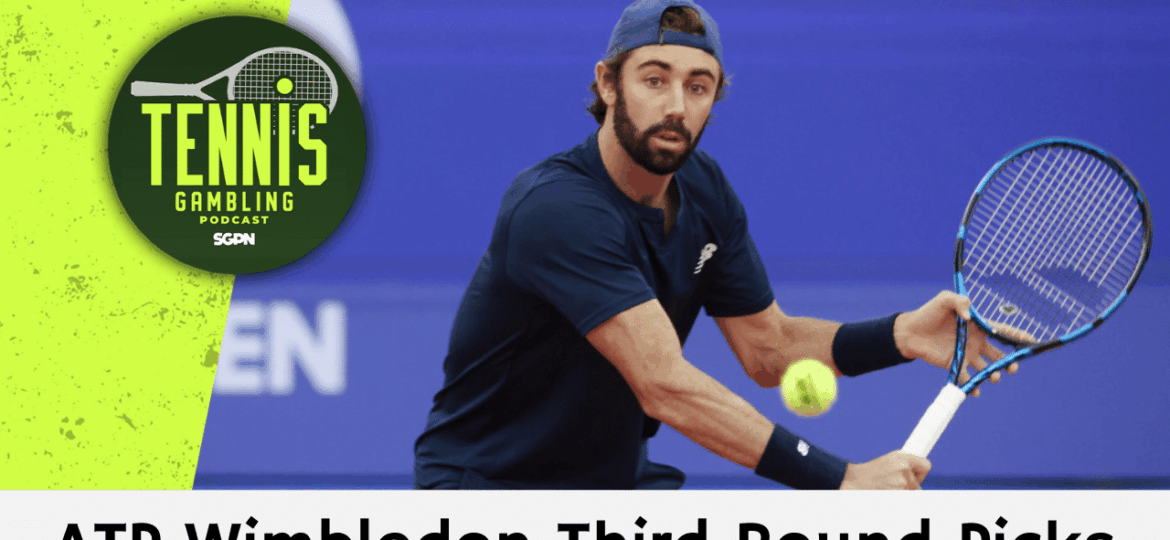Before 2019, it was an absolutely agonizing stretch of golf between the Masters and the U.S. Open. The only true tournaments of consequence were the Players Championship and the Memorial, but other than that it was essentially nine weeks of meaningless, boring golf.
But with the new and improved compact schedule, it seems like we barely are catching our breath as fans sit on the eve of the 3rd major of the year. Nevertheless, anytime there is a U.S. Open at one of the most iconic golf courses in America, there won’t be any fatigue from the fans.
Here’s everything there is to know before placing a wager on the 119th U.S. Open at the legendary Pebble Beach Golf Links.
READ ALSO
DFS Picks for the 2019 U.S. Open
2019 U.S. Open Props and Best Bets
The Winner of the 2019 U.S. Open is…
The Field
The U.S. Open holds the distinction as being the most democratic of the four majors in terms of how one can play in the event. The Masters and the PGA Championship are based on invitation only and is almost exclusively limited to professionals. The Open Championship technically has an open qualifier, however it’s qualification process to amateurs is normally limited to just Europeans. Most journeymen players on both sides of the pond will ultimately get an exemption based on performance in certain worldwide professional events.
The U.S. Open, however, has a very limited criteria where one is automatically entered into the field. For the 2019 U.S. Open, only about half the field gained automatic entry into the tournament. It’s primarily based on if they appear in the Top 60 in the Official World Golf Rankings, a recent winner of a prestigious USGA or Professional Event or finished inside the Top 10 in last year’s U.S. Open.
For everyone else, you have to play your way in through local and sectional qualifying, and as long as you maintain a handicap index of 1.4 or lower you have a shot of playing alongside the greatest players in the world. Even if you’ve won the U.S. Open before, the exemption is only good for 10 years. The other majors will let you play until you start collecting social security, but not the U.S. Open – the most grueling test in golf.
Among the notable professionals who successfully made it through sectional qualifying is 2013 PGA Championship winner Jason Dufner, former World #1 Luke Donald, multiple PGA Tour winners Aaron Baddeley, Jhonattan Vegas, and Rory Sabbatini, and 2016 Ryder Cupper Thomas Pieters.
Among the notable amateurs who made it through both local and sectional qualifying include former USGA mid-Am champions Stewart Hagestad and Matt Parziale. Hagestad used to work in real estate on Wall St., and Parziale is a fire fighter from Boston, MA. Though golf is not their primary profession, each have participated in multiple majors and are regarded as some of the most elite amateurs in the country.
Among the notable names not eligible to play include Sung Kang, Jason Kokrak, and Sungjae Im, all of whom have had tremendous seasons on the PGA Tour yet not quite good enough for USGA standards.
The Golf Course
The layout, history and tradition of Pebble Beach Golf Links should be very well known to both hardcore and casual golf fans. The golf course is the primary one used for the AT&T Pebble Beach Pro-Am, so avid watchers of professional golf are more than familiar with the type of golf course it is. Casual fans know that Tiger Woods famously burned down Pebble Beach back at the 2000 U.S. Open, dusting the field by 15 strokes (and in this man’s humble opinion it’s the greatest major performance on his resume). And with how photogenic the holes at Pebble Beach are, even my wife could turn on the coverage and immediately recognize they’re playing there (which she’ll already know since I won’t shut up about the tournament at the dinner table this week).
We wrote a tournament preview of Pebble Beach back in February, so if you’d like a refresher of the history and layout of the golf course, click here.
The worst thing a bettor could do, however, is assume that the Pebble Beach they watched in February will be the exact same one they’re about to watch this week. In terms of conditioning, the golf course is a complete 180 from the one we all watched at the AT&T Pebble Beach Pro-Am.
Back in February, the golf course saw a tremendous amount of rain. Balls were literally creating pitch marks in the fairway, the greens were receptive and ran slow. This created artificially wider fairways and greens because the ball wouldn’t roll out as much or take as big of a hop when hitting the putting surface. The conditions seen at Pebble Beach back in February wasn’t unique, as the climate in Northern California is historically cool and wet. That helps create a more “target golf” style to the event, and low scores are the norm on all three golf courses played during the AT&T Pebble Beach Pro-Am.
Once the calendar turns to May, however, Northern California starts to dry out – literally. The last time the golf course saw rainfall was May 27th, when a whopping 0.01 inches of rain fell. During the month of May, Pebble Beach only received 1.82 inches of measurable precipitation, and no rain is in the forecast this week as well. Though temperatures won’t be scorching, between the lack of rainfall and the coastal winds the golf course is going to play firm and fast.
What happens to Pebble Beach when it plays firm and fast?
1. The ball runs out farther on the fairway: Once the ball hits the ground, it is completely out of the players hands where it ultimately runs out to. Even with an iron in hand, balls may roll out dozens of yards farther than their initial landing spot. This is a similar situation players face at certain Open Championship venues. With narrow fairways, dog legs and run outs, it is crucial for the players to be aware of this and adjust accordingly with their club selection off the tee.
It also means that driver will not be a club the players will rely upon much during the week. By my count, the only holes where players will feel comfortable pulling driver off the tee is #2, #6,#9, #10, #15 and #18. Otherwise, players will find themselves with tee shots running off into the rough or cliffs with the layout of certain holes. It will make much more sense taking less club off the tee to put themselves in a better position for their second shot.
2. The primary rough off the fairway isn’t that tough: The primary rough in February is normally thick and wet, but the lack of moisture has taken much of its penal nature out of it. Sure, there is some very penal rough on the golf course, but the gnarly fescue is normally well off the fairway or concentrated around fairway bunkers. Overall, the primary rough off the fairway isn’t too tough to get a club on it. That’s normally an issue at traditional U.S. Open venues like Bethpage Black or Winged Foot, where a tee shot into the rough almost assuredly means the player will hack back out into the fairway for their second. At Pebble Beach, players shouldn’t have too big of an issue getting the clubface on the ball.
While that seems optimal, players will be very upset should they find their tee shot off the fairway because…
3. It is very, very difficult to hit the greens at Pebble Beach in June: Pebble Beach boasts the smallest greens on the PGA Tour, making hitting them already a difficult task. But when the dry weather turns these greens into concrete, getting the ball to stay on the surface is an excruciatingly difficult task. Balls take huge hops once they hit the putting surface. It already took pinpoint precision with ones irons to successfully navigate Pebble Beach tee-to-green, but this week will only enhance that demand.
As for that less penal rough I mentioned in the last point – it’s perfect for flier lies. Anyone hitting approach shots out of the primary rough will have a very hard time keeping the ball on the green. It’s difficult to get any backspin on the ball out of the rough, and with the balls taking huge hops they almost assuredly will be scrambling to save par. To make matters worse, some of the most penal rough on the golf course is around the greens. Hitting approach shots out of the fairway will be such a premium this week to give players a better chance of hitting the green in regulation.
4. Fast, bumpy and inconsistent poa annua greens: With no moisture in the greens, they’ll ideally run 11.5 on the stimpmeter, which is faster than they are in February – and that’s before the USGA sinks their claws into it. A common criticism of the USGA is that they often lose control of the speed of a golf course past the point of what’s considered “fair”. That was a big criticism of the 2010 U.S. Open, where by the end of the weekend green speeds were running around 13.5. Speeds that fast on a bumpy and inconsistent surface like poa annua is never ideal, as even properly aligned and paced putts could hit a different patch of grass and careen it wildly offline.
The fast greens also mean it is vital to keep the ball below the hole. Any uphill putts will be a much needed sigh of relief for the players this week. Anything downhill and their blood pressure will surely sky rocket, as balls will roll several feet past should they miss on either side of the cup.
The greens at Pebble Beach generally slope from back to front, which adds another penal nature to hitting approach shots out of the rough. Anyone who air mails the green at Pebble Beach is pretty much dead on the hole, as it will be nearly impossible to stop the ball close to the hole.
For any bettors with a few hours to kill, I would highly suggest that they watch the final round in 2010 to get an idea how the tournament will play and what’s in store for the players:
READ ALSO
DFS Picks for the 2019 U.S. Open
2019 U.S. Open Props and Best Bets
The Winner of the 2019 U.S. Open is…
Betting Strategies
In my opinion, the U.S. Open is the hardest major to handicap. Unlike the other three majors, there are both quantitative and qualitative factors that bettors must weigh:
Statistical Considerations
Almost every 2019 U.S. Open preview this week will pound two key statistics to their readers over and over and over – Driving Accuracy % and Greens In Regulation %. Pebble Beach is a less-than-driver golf course that demands that tee-shots land in the fairway, and it is very tough to get up and down for par from off the greens. With tough scoring conditions expected, hitting the green in regulation and two putting for par will be a great result.
So should bettors rely on those two statistics alone to make their picks? Let’s test this theory by taking a look at the 2010 U.S. Open, which offered similar course conditions that the players will face this week.
When looking at how these players fared off the tee that week, it’s very clear that driving accuracy itself was a key statistic. Nine of the eleven golfers who made up the Top 10 that week were all above average in terms of fairways hit. That revelation itself is not a surprising one given how the golf course is set up.
However, the leaderboard overall from the 2010 U.S. Open was generally a mixed bag of both accurate and inaccurate ball-strikers off the tee on their respective tours. For every precise fairway finder like Graeme McDowell, there were bomb and gouge specialists like Tiger Woods and Dustin Johnson, and then players who fell towards the middle like Brandt Snedeker and Davis Love III. It also suggested that the fairways at Pebble Beach were actually easier to hit than the normal PGA Tour stop, as several of these players far exceeded their season long outputs. I can assure you, however, that if you asked any of these players if the fairways were easy to hit at Pebble Beach, their answer would be a resounding no.
The problem with utilizing Driving Accuracy % as a Sherpa is because it primarily reveals who is accurate with a driver in their hands. Most venues on both the PGA Tour and European Tour are golf courses where players will hit several drivers off the tee, where as at Pebble Beach most tee shots will be hit with irons and fairway metals. That’s what makes it seem like the fairways at Pebble Beach were easier to hit because players rely on more accurate clubs for tee shots.
A more telling statistic this week to gauge performance off the tee are proximity performance on long approach shots. These stats will give a better indication on who performs well with a long iron or fairway metal in their hand. Utilizing these stats, we can actually see a nice trend when looking at the 2010 leaderboard. Mickelson, Tiger, Love III, Snedeker and Dustin Johnson all ranked poorly in driving accuracy % overall in 2010, yet all appear inside the Top 50 in proximity to ole from >200 yards that year. Additionally, Kuchar and Alex Cejka both ranked well in Driving Accuracy % and proximity to the hole from >200 yards.
Long and short, make sure to use both statistics this week, as just going solely on driving accuracy % may make you miss out on viable contenders.
In terms of Greens In Regulation %, we see the complete opposite when looking at performance at the U.S. Open itself vs. overall on their respective tours. All these players were hitting greens on the PGA and European Tour at a high 60/low 70% clip, whereas at the U.S. Open they struggled to even eclipse 60%. This goes to show just how hard it was to hit the greens at Pebble Beach compared to the normal tour stop, and that will be no different this week.
It also shows how strong a correlation there was between performance in greens in regulation % overall for the week vs. the field. Of everyone inside the Top 10, only Brandt Snedeker was below average in terms of hit greens in regulation, and six of the Top 10 golfers in that statistic for the week finished inside the Top 10 overall. However, like driving accuracy the crop of golfers that made up the Top 10 were a mixed bag of precise ball-strikers with their irons and those who were a little more loose with their approach shots on their respective tours that year.
Difficult greens to hit in regulation create smaller margins of error for both precise and inaccurate ball-strikers. It inherently drives down the number of greens one hits in regulation and increases the times one has to scramble to get up and down for par. Scrambling percentages, particularly out of the rough, is something bettors will have to use in conjunction with traditional greens in regulation % this week as well. Because of the frequency the players will be chipping off the greens, performance in that statistic will help bettors weed out contenders and pretenders.
Along with these statistics, strokes gained statistics tee-to-green and on approach are very important to consider as well, especially looking at recent performance at less-than-driver golf courses with small greens (which, unfortunately, are a dying breed on the PGA Tour).
Qualitative Factors
Talent can only take you 50% of the way to a U.S. Open trophy. The rest of it comes from mental fortitude, as the USGA year after year tries to give the players the hardest test in golf. Though they won’t admit it, the USGA sets up a golf course with the intention of having a winning score of the tournament as close to even par as possible, and they’ll do whatever it takes to protect this so-called sacred benchmark.
In recent years, there has been an open war between the USGA and the professional golfers. Recently, Golf Digest gave a tell-all from the players about everything they hate about the U.S. Open and the USGA, which is both an interesting read and a look into who the players really are deep in their soul. The article pointed to both valid criticisms of the USGA, as well as made the players look like spoiled children.
Many times, the USGA will take things too far with their setup. As mentioned earlier, in 2010 the USGA let the greens get out of control, as they were running 13.5 on the stimpmeter and caused routine short putts to become a much more arduous task. In 2013, the USGA took a surgical knife to Merion and grew the rough up to impossible lengths. In 2015 (perhaps the USGA’s biggest failure), they failed to heed the advice of the course superintendents, drying out Chambers Bay far past what should have been allowed and let the greens go completely to hell.
The USGA’s decision making mid-tournament can lead to frustrations from the players as well. The most famous example is how they handled Dustin Johnson at Oakmont in 2016, where they refused to even let him and the field know if he was going to be penalized for addressing his ball as it moved on the green. Ultimately, they were bailed out when it didn’t end up mattering if they penalized him for the infraction (which itself was a dubious penalty to levy anyways).
In 2017 after hearing complaints about the tall fescue off the fairways, the USGA bent to their will and mowed it down despite most fairways at Erin Hills being 50-60 yards wide. This ruffled the feathers of others, and as Rory McIlroy put it “if we can’t hit it within that avenue, you might as well pack your bags and go home”.
And in 2018 after the USGA let the third round at Shinnecock Hills get completely out of control, they soaked the golf course on Sunday to extremely and artificially manipulate how it played. That led to players like Tommy Fleetwood and Rickie Fowler shooting 15+ shots better Saturday to Sunday by benefiting from early tee times, and as the golf course baked through the afternoon it put everyone with a late tee time on Sunday at a huge disadvantage.
But the USGA is only partially to blame for the seemingly irreparable divide between themselves and the players. Overall, the players come off as very whiny and petulant with their complaints about how the USGA sets up a golf course. Sure, several of their criticisms are warranted. But when you boil it down to it, most players on the PGA Tour are rich and entitled snowflakes who are used to perfectly manicured golf courses with soft fairways, manageable rough and greens where they can fire at pins and stop the ball on a dime. Anytime these babies are put in an uncomfortable situation, their immediate first reaction is to blame the golf course set up and how “unfair” it is.
There may be a day when the USGA and the players are on better terms, but that will not come at Pebble Beach. Given the trouble the USGA has had with firm and fast conditions and how they maintain poa annua greens, I have zero faith that there won’t be any issues with the greens at Pebble Beach this weekend. If they managed to screw up Shinnecock Hills again in 2018 after getting lambasted for how it played in 2004, there’s no reason to think they’ll learn their lessons from how Pebble Beach played in 2010.
On the other hand, those who want to win the U.S. Open must have the mindset that the USGA isn’t just coming after them personally and realize that everyone in the field is trying to overcome adverse conditions. Sure they might not like a pin placement, or walk onto a green in disgust of what condition it’s in, or disagree on if a hole should be a Par 5 instead of a Par 4. But all 156 players in the field will be playing on that same surface, and those that embrace the challenge and focus on shooting the lowest possible score on the hole will fare much better than those who let their blood boil.
For the most part, golf fans know who the headcases are that go on tilt when things go sideways, and those who are able to stay in the moment, have a short memory and tackle the challenges head on. This intimate knowledge of the type of person each player is can help bettors immediately cross guys off their list.
When you look at a player this week, ask yourself “is this guy a hot head or let his emotions get the best of him?”. Depending on your answer, that will help decide if you ride them or fade them.



